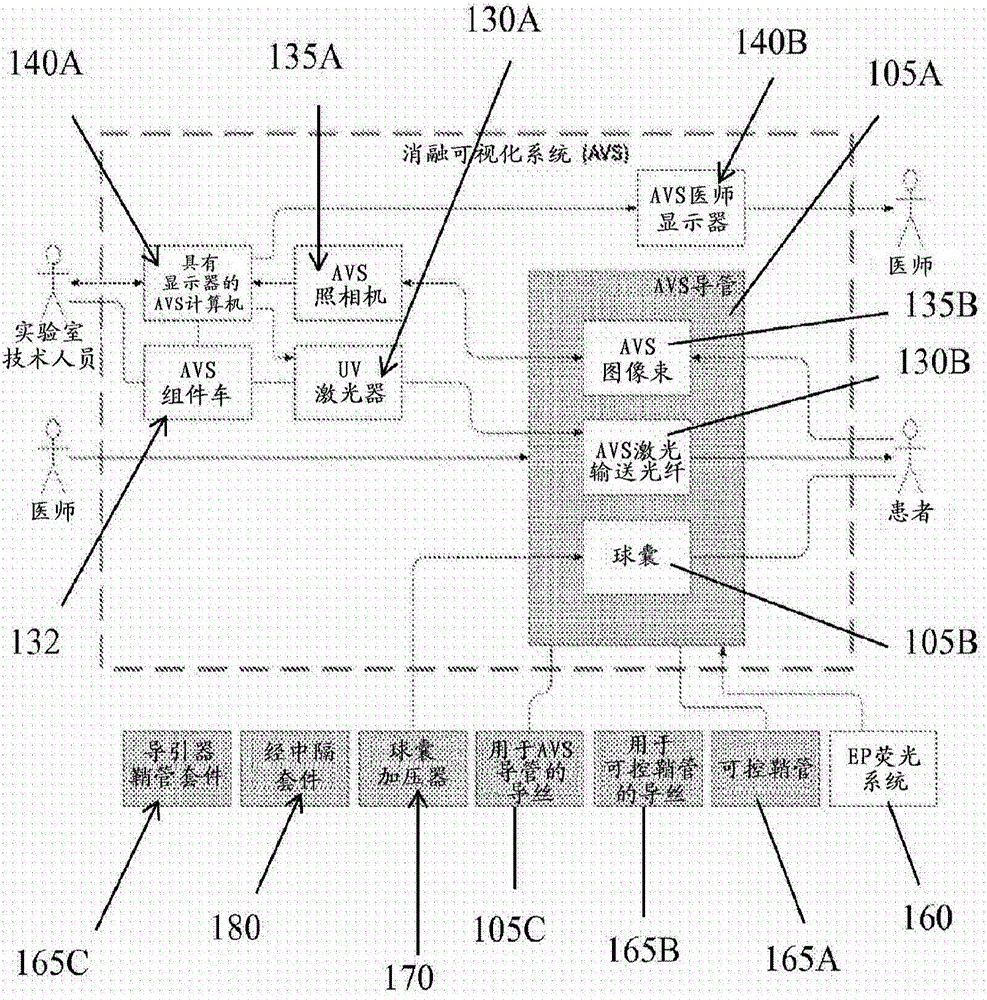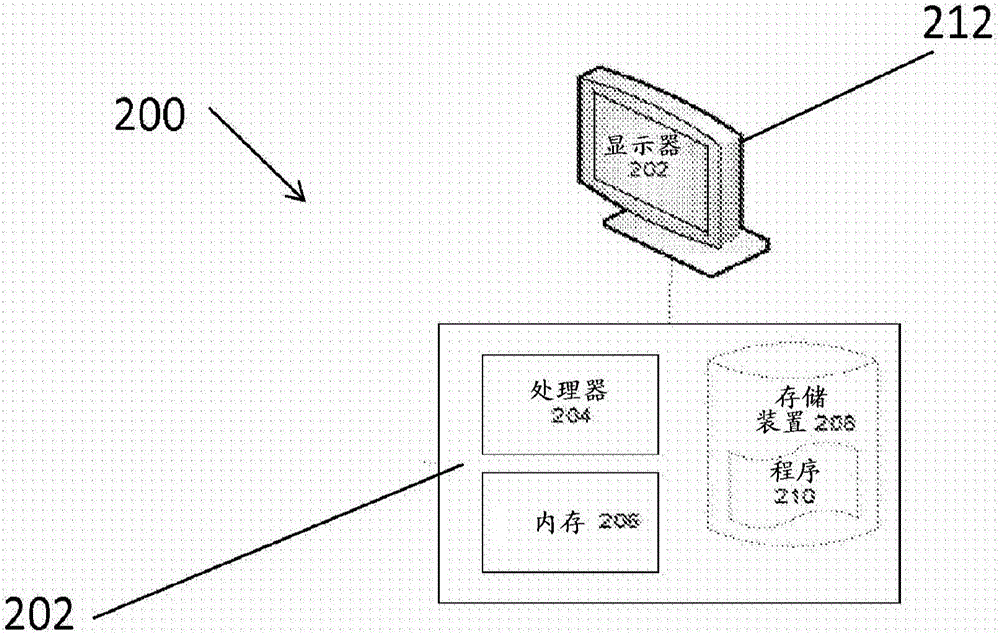Systems and methods for determining lesion depth by using fluorescence imaging
A technique of fluorescence intensity and depth, applied in the direction of using fluorescence emission for analysis, application, parts of surgical instruments, etc., can solve problems such as stagnation of success rate
- Summary
- Abstract
- Description
- Claims
- Application Information
AI Technical Summary
Problems solved by technology
Method used
Image
Examples
Embodiment
[0086] Experiments were performed using a functionally equivalent system to generate ablated lesions and lesion images to develop methods for lesion depth analysis. The experimental setup is described below.
[0087] The NADH fluorescence system was provided to illuminate the epicardial surface using an LED spotlight (PLS-0365-030-07-S, Mightex Systems) with a peak wavelength of 365 nm. Emitted light was bandpass filtered at 460nm + / - 25nm and imaged using a CCD camera (Andor Ixon DV860) fitted with a low magnification lens. Fluorescence of NADH (fNADH) was imaged to monitor the status of epicardial tissue.
[0088] The RFA system provides RFA using a standard clinical RF generator (EPT 1000 Ablation System from Boston Scientific). The generator was electrically connected to the animal via a 4mm cooled Blazer ablation catheter (Boston Scientific) to deliver the lesion. Use grounding pads during ablation. The generator is set to temperature control mode. Cryoablation is pe...
PUM
 Login to View More
Login to View More Abstract
Description
Claims
Application Information
 Login to View More
Login to View More - R&D
- Intellectual Property
- Life Sciences
- Materials
- Tech Scout
- Unparalleled Data Quality
- Higher Quality Content
- 60% Fewer Hallucinations
Browse by: Latest US Patents, China's latest patents, Technical Efficacy Thesaurus, Application Domain, Technology Topic, Popular Technical Reports.
© 2025 PatSnap. All rights reserved.Legal|Privacy policy|Modern Slavery Act Transparency Statement|Sitemap|About US| Contact US: help@patsnap.com



